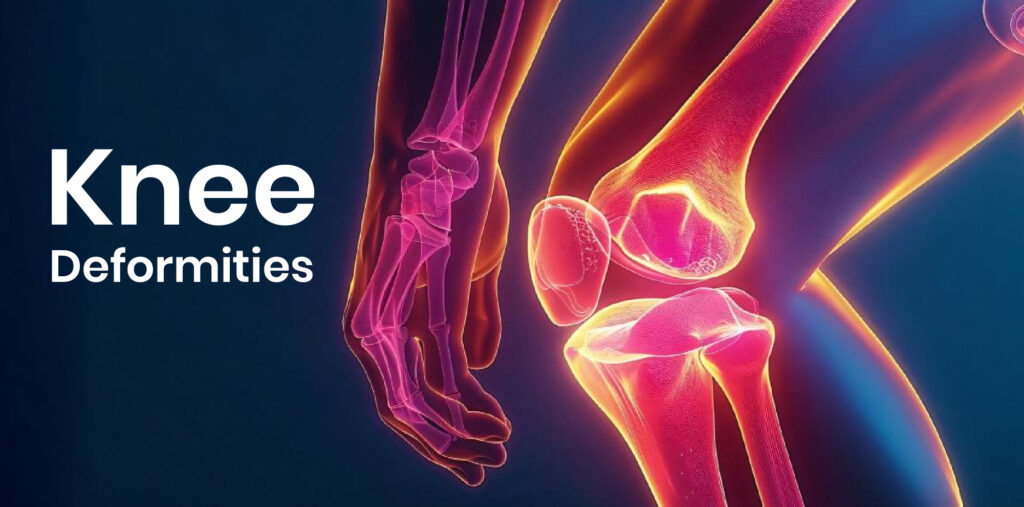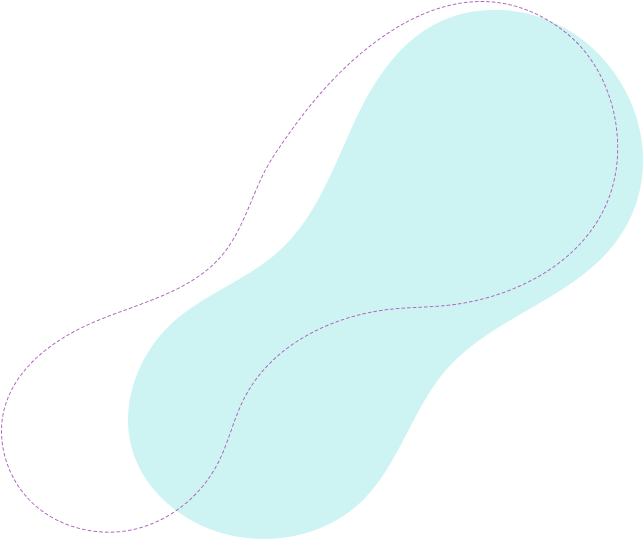Knee Deformities
- The Knee Centre
- Knee Deformities
Book Your Appointment
EXCELLENTTrustindex verifies that the original source of the review is Google. One of d bestest Doc for d petient who needed to solve their problems…..😊Posted onTrustindex verifies that the original source of the review is Google. I had very good experience here with Dr neeraj yadav for my knee painPosted onTrustindex verifies that the original source of the review is Google. Best orthopedic surgeon in gurgaonPosted onTrustindex verifies that the original source of the review is Google. Best Joint replacement Surgeon in Gurgaon. . polite with excellent knowledge. . Thankyou Dr. Neeraj YadavPosted onTrustindex verifies that the original source of the review is Google. cooperative,clean and knowledgeable doctorsPosted onTrustindex verifies that the original source of the review is Google. Clean , affordable and expert doctor. Dr Neeraj is very polite and expert in his field. I met him for my knee injury . He gave me best advice and now I recommend my friends and family for any knee and spine issuePosted onTrustindex verifies that the original source of the review is Google. Expert for knee and spine pain I had very good experience here Highly recommended

Knee deformities concerns distortions to the shape and structural anatomy of the knee joint. These can arise from congenital conditions, developmental disorders, arthritis, trauma, or other medical issues. Most knee abnormalities will usually experience pain and restricted movement which will hinder their ability to perform daily tasks.
Most Common Knee Deformities
Some examples of more popular knee abnormalities include kneeloops, buck knees, and ski jumps:-
1. Bow Legs
This condition typically results in the knees being parted by a conspicuous distance when in a standing with feet together. Rickets, or Osteoarthritis tend to cause bow legs. Some tend to blame genetic inheritance, but it’s simply a predisposed phenomenon.
2. Knock Knees
Knock knees angles the knees inward and causes them to touch while the person’s ankles are apart. adolescents typically outgrow this condition without problems, but persistent knee knocking can indicate underlying bone issues or arthritis.
3. Hypereverted Knee
In this condition the knee experiences a severe amount of extension uncontrollably. Knee hyperextension also occurs due to neuromuscular injuries and instability of ligaments. The more severe instances of this condition is chronic pain and joint pain.
4. Flexion Deformity
Flexion deformity refers to the inability to straighten the knee fully. It is commonly seen among patients with advanced arthritis, muscle contractures, or having neurological issues.
5. Windswept Deformity
This is a combination of bow legs on one side and knock knees on the other. It is prominent both in developmental disorders and in advanced cases of arthritis.
Causes of Knee Deformities
There are many causes of knee deformities including:-
- Congenital Factors – Genetic factors lead to issues with the growth plates and knees.
- Developmental Issues – Conditions like rickets and Blount’s disease cause defect in bone formation.
- Arthritis – Osteoarthritis and rheumatoid arthritis contribute causing pain in joints and other structural changes within.
- Trauma and Injuries – Misalignment of the knee due to fractures, sprains, tearing ligaments, or damage to cartilage occurring over time.
- Neuromuscular Disorders – Afflictions like cerebral palsy, and muscular dystrophy make movement abnormal due to weak muscles, thus misaligning the knees.
Diagnosis of Knee Deformities
The diagnosis of knee deformities is based on thorough assessment including:
- Physical Examination – Evaluation of the lower limb alignment, movements of the knee joint, and the stability of the knee joint is done.
- X-Rays and Imaging – These x rays and MRI scans destine the bone structure and joint pathology along with other medical conditions.
- Gait Analysis- An examination of how an individual walks in order to assess mobility with respect to a particular deformity.
Methods for Treating Knee Deformities
A patient’s age, the cause of the deformity, and its severity all influence the treatment methods chosen. These methods may include the following:
1. Non Surgical Treatments
Conservative measures may restore knee functionality in cases of mild to moderate deformities.
- Physical Therapy- Joint mobility and stability is improved with strength and range of motion activities.
- Bracing- Specialized braces for the knee enable growth and improve alignment in children.
- Medications- Pain management medications, as well as anti-inflammatory drugs, help alleviate discomfort and swelling.
- Lifestyle Modifications- Activity modification as well as weight loss reduces stress on the knees.
2. Surgical Treatments
Recovering function and alignment in severely distorted knees often needs surgical treatment.
- Osteotomy- Reshaping bones and realigning the knee joint osteotomy is performed for younger patients who have early arthritis.
- Knee Replacement Surgery (Arthroplasty)- In cases where the joint is severely affected, replacing a knee joint in total or part eliminates discomfort and improves movement.
- Soft Tissue Procedures- Patients suffering from knee instability may require tendon lengthening or ligament reconstruction.
Why The Knee Centre for Knee Replacement?
Regardless of the approach, knee replacement surgery success relies on precise skill, The Knee Centre led by Dr Neeraj Yadav, a premier knee expert, provides unparalleled treatment. lends itself to offering unparalleled treatment.
What Makes Us Different?
- Advanced Surgical Techniques: As a leader in the field, we adopt the latest technology with precision knee eclipses that ensure quicker recovery, minimal pain, and optimum results.
- State of The Art Facilities: Missteps are eliminated as our center is designed with cutting edge medical devices ensuring accuracy and safety during orthopedic surgeries.
- Personalized Treatment Plans: All patients are treated differently because everyone heals differently. We develop custom-tailored plans that cater to every single need so we make sure to achieve the best results.
- Comprehensive Rehabilitation: One out of many steps is completing the surgery itself. Our post-operative rehabilitation always delivers on rapid mobility and strength regain.
Meet your Knee Specialist – Dr Neeraj Yadav
Dr Neeraj Yadav is highly sought after as he has perfected his skill in knee surgeries while ensuring his patients are delivered the best level of orthopedic care possible. His specialty in knee replacement guarantees mobility and significant improvement in quality of life.
The Knee Centre is ready to assist if you or a family member is dealing with knee abnormalities. Make an appointment today and take the first step towards a life that is free of pain!

GET APPOINTMENT
Start Up Your Health Care With Us
Experience Staff
Our therapists are trained and certified in therapy technique
Personalized Treatment
Personalized Treatment I'll book a meeting so we can solution this before the sprint

